Special Report
Summer Getaways We’re Losing to Climate Change

Published:
Last Updated:

When people think of vacations, many picture warm waters and white sandy beaches. Some think of hiking through beautiful forests. Others prefer to spend their time off seeing preserved artifacts and wonders created by ancient civilizations. No matter how you vacation, there is a good chance that your ideal getaway may be spoiled by climate change.
24/7 Tempo reviewed scientific and media reports, including from the United Nations and the Union of Concerned Scientists, on vacation destinations suffering from temperature and weather fluctuations to compile this list of summer getaways we are losing to climate change.
These certainly aren’t the biggest problems posed by climate change. Rising ocean waters threaten to flood some islands and coastal areas and make them uninhabitable, while other changes brought about by extreme weather are making it difficult to maintain agricultural traditions centuries old. These are just a few of the disaster scenarios caused by climate change.
Each of the six populated continents has world heritage sites that are in jeopardy of being eroded away by increased storm activity, being made inhospitable by rising temperatures, or being completely submerged by heightened sea levels. And it is not just humanity being affected — dozens of animals could go extinct as a result of climate change.
Click here for the summer getaways we’re losing to climate change.

Alaska
No other place in the United States has warmed faster than Alaska. Sea ice and glaciers are getting smaller and the permafrost layer — soil beneath the surface that is permanently frozen — is melting. This can lead to soil sinking, destroying roads and infrastructure. The state, which accounts for about a fifth of the nation’s territory, has seen average temperatures increase by 3 degrees in the last 60 years, including an increase of 6 degrees in the winter.
[in-text-ad]
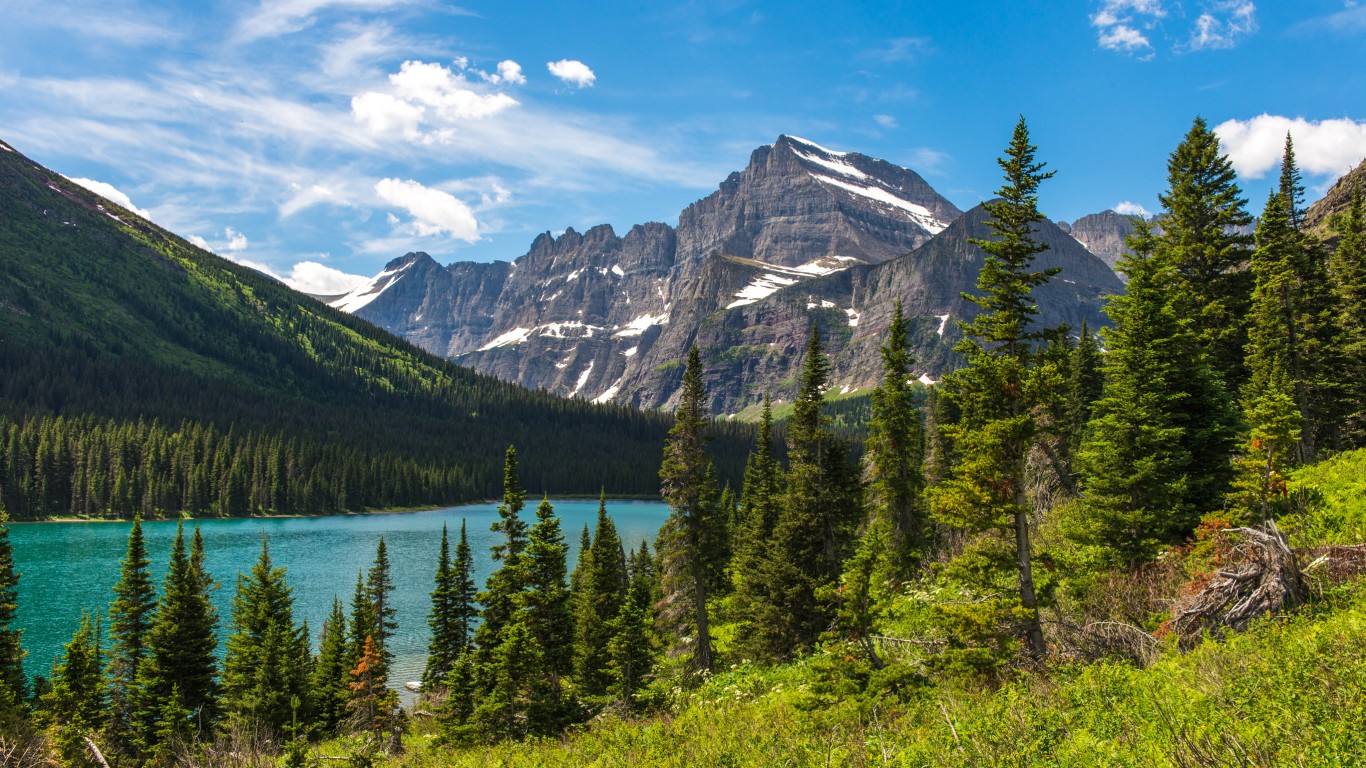
Glacier National Park, Montana
The U.S. Geological Survey has warned that Glacier National Park — known for the Going-to-the-Sun Road, glacier peaks, the Hidden Lake, and hundreds of hiking trails in the wilderness — is shrinking because the glaciers are disappearing.
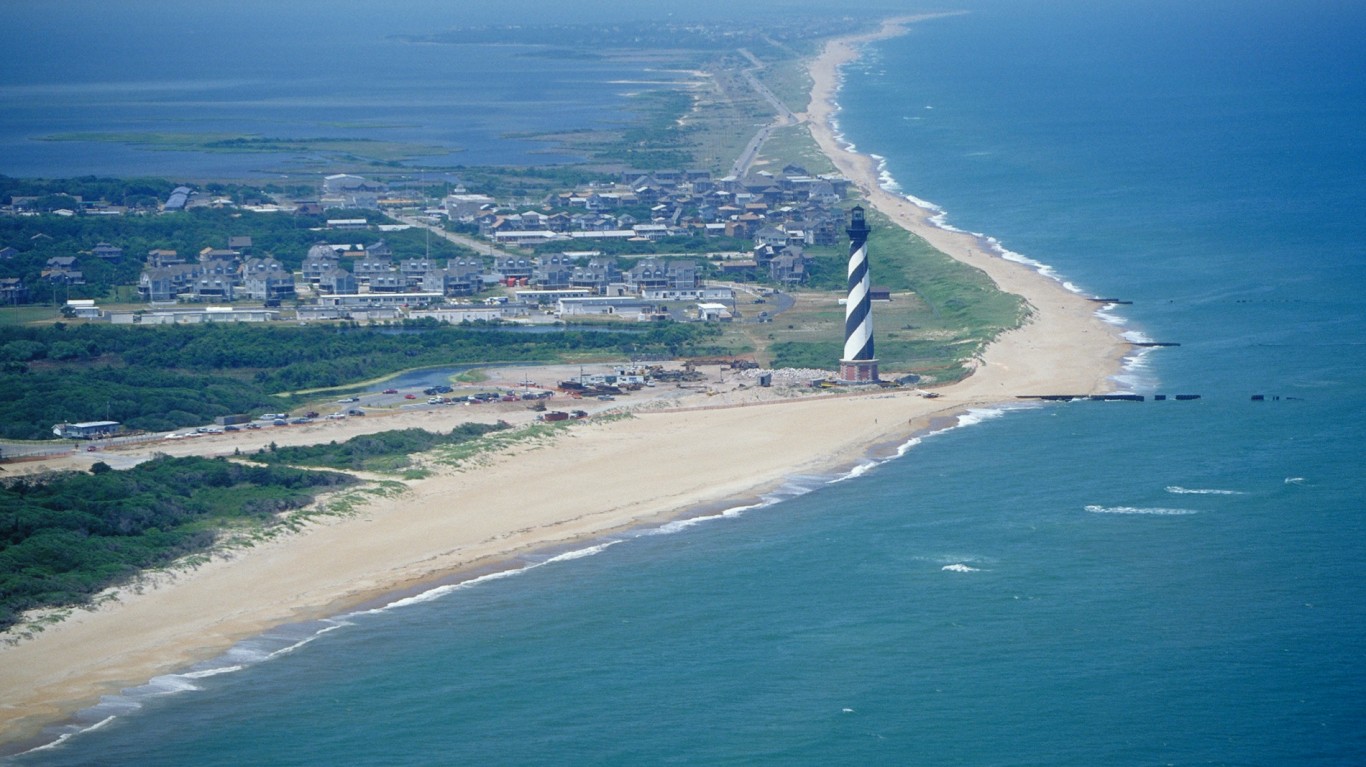
The Outer Banks, North Carolina
The Outer Banks are a very popular summer destination, known for wild horses roaming freely and, of course, beaches. But some areas of the island chain are disappearing due to more severe storms and rising sea levels brought on by global warming, as well as urban development. A part of Hatteras Island has already lost 75% of its original width.

Napa Valley, California
Napa Valley attracts tourists as America’s premier wine-making region. Thanks to its mild climate, vineyards have been able to produce tens of billions of dollars worth of wine, accounting for the vast majority of U.S. wine sales. But the Union of Concerned Scientists warns that instances of extreme temperatures will likely increase in the coming years due to climate change, making Napa Valley less capable of producing as many high-quality grapes used to make wine.
[in-text-ad-2]

Canary Islands, Spain
Climate change is reportedly having a profound effect on the animal life in the Canary Islands, which are located just off the coast of Morocco in the Atlantic Ocean. Government officials have raised concerns that changing temperatures could allow non-native pests to flood the islands, which could decimate the agricultural industry and be expensive to treat. Agricultural groups in the Canary Islands have also noted that droughts, heat waves, and dust storms blowing across the water from the nearby Sahara Desert could spell disaster for the country’s food sector.

The Alps
When planning a trip to the Alps, tourists likely picture a pristine environment with densely-packed white snow. But much of the beauty in this mountainous region of Europe is at risk. Rising temperatures cut more than a month off of 2017’s snow season, as compared to that of 1960. Alpine ski resorts have resorted to blowing in fake snow to keep visitors coming, though natives say the look and feel the mountains used to have may never return.
[in-text-ad]

Easter Island
For centuries, the now-iconic moai statues of Easter Island have stood near the water’s edge. But this tiny island, more than 2,000 miles off the Chilean coast, is more susceptible to the effects of climate change than most places, and it is putting the statues at risk. As water levels rise, waves are moving higher and higher on Easter Island, eroding the ground supporting the centuries-old statues, according to a UN report. The tiny island of about 5,000 people hosts tens of thousands of visitors each year — tourists that would be lost if the islands fell into the water.
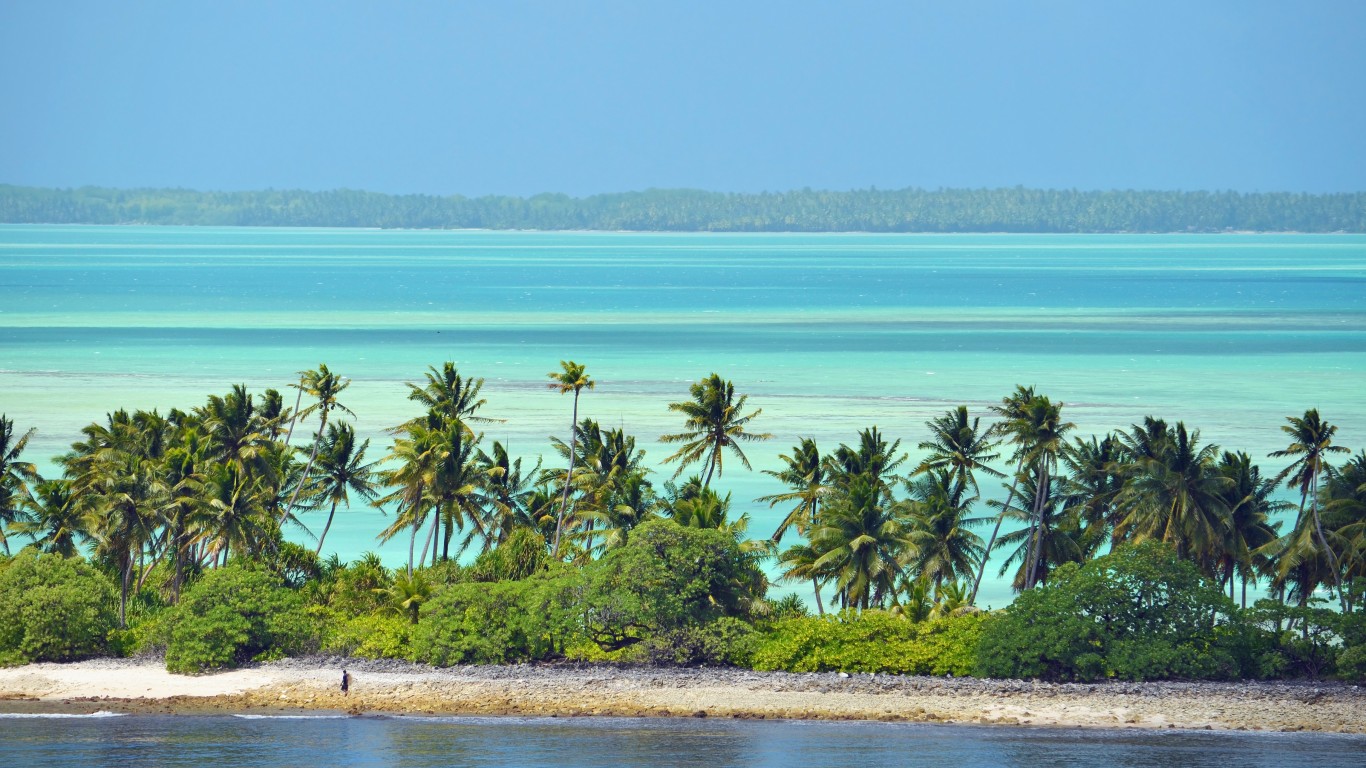
Kiribati
Many of the summer getaways that are susceptible to climate change are losing features or attractions that draw tourists. But the islands that make up the Republic of Kiribati are at risk of becoming completely uninhabitable as oceans rise. The islands are, on average, six feet above sea level. Scientists believe the roughly 100,000 residents may have to abandon the islands by 2100.
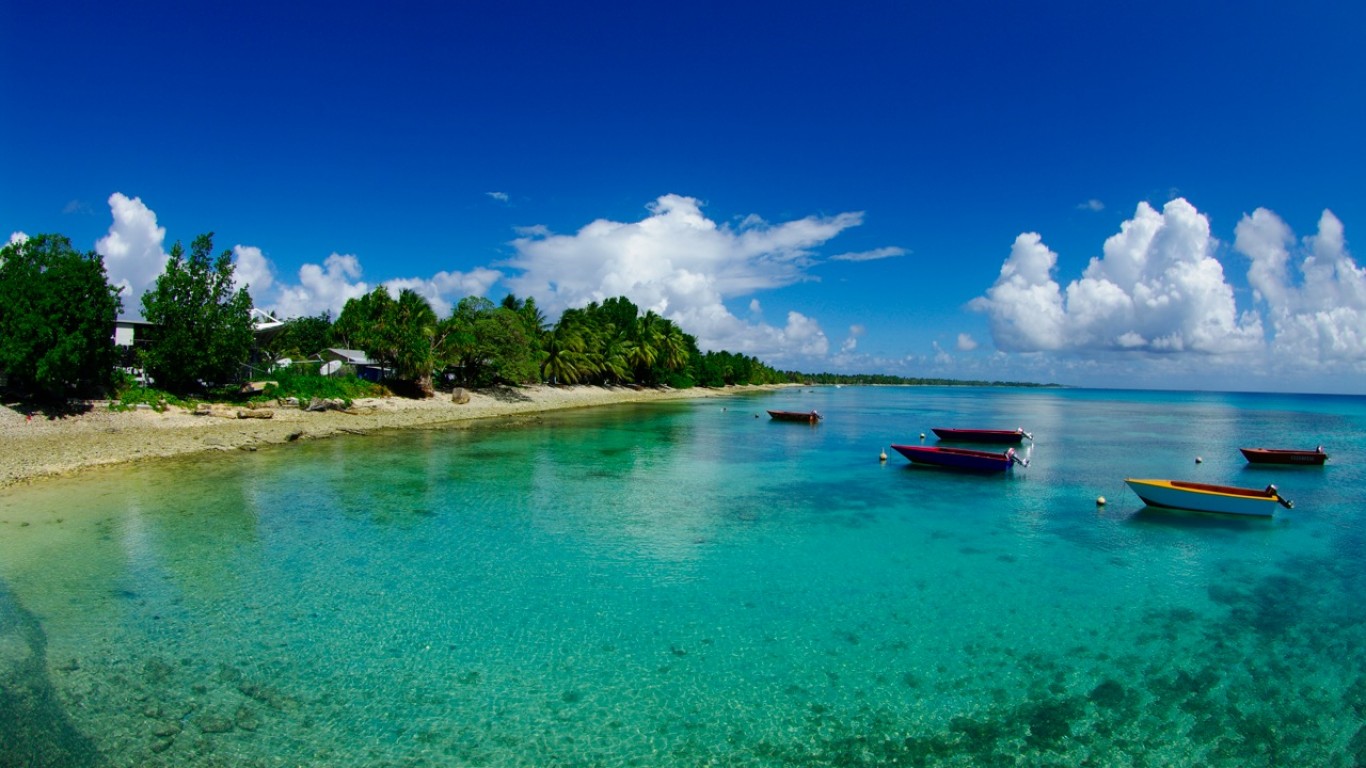
Tuvalu
Tuvalu is a small chain of islands in the Pacific Ocean. Its relatively small size and isolated location have made it enticing to tourists and susceptible to climate change. For more than 25 years, its representatives have raised alarms that climate change could raise sea levels enough to submerge the islands. Even if waters never get that high, Tuvalu could still become uninhabitable, as rising sea levels have contaminated the nation’s groundwater resources with salt and reduced crop yields.
[in-text-ad-2]
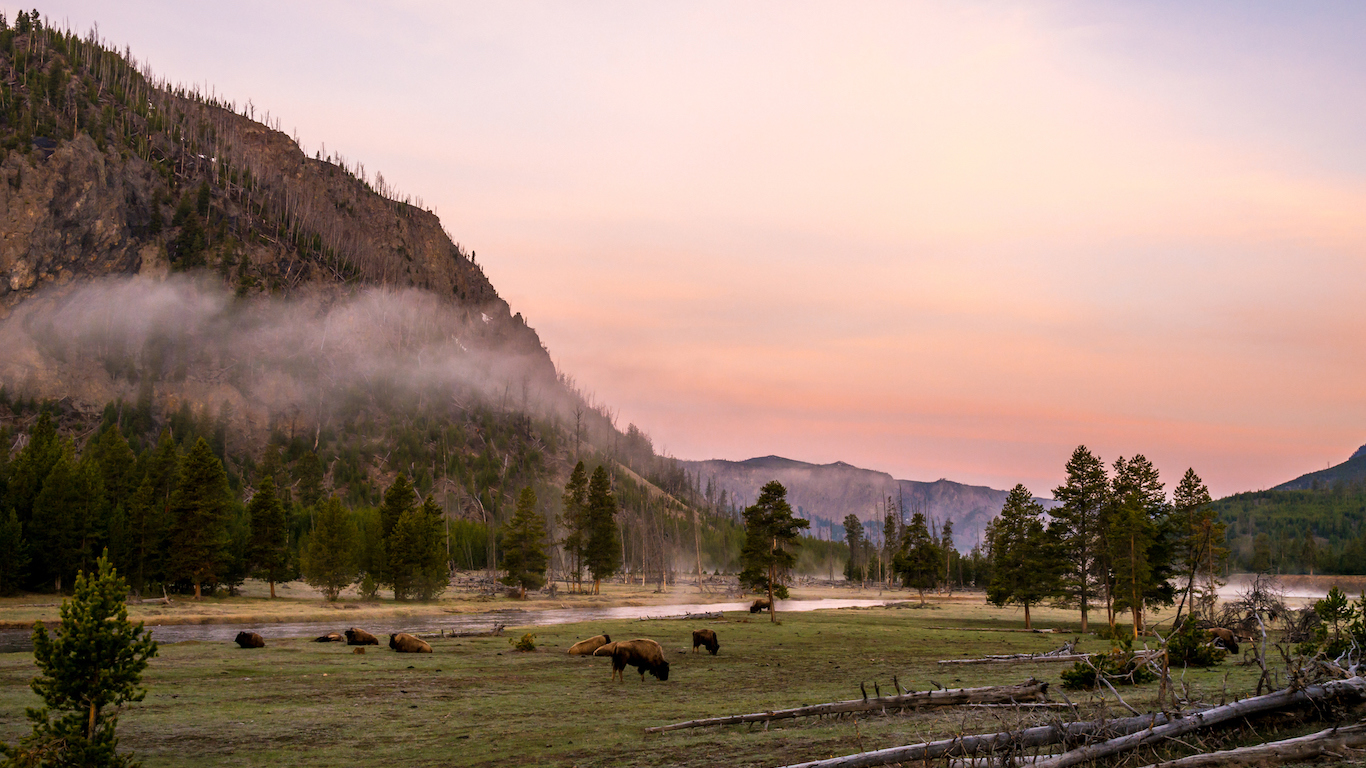
Yellowstone National Park
Yellowstone National Park is home to some of America’s rarest and most endangered animal and plant species. As the climate of the park changes, Yellowstone could be more vulnerable to devastating wildfires. Other shifts in temperature and precipitation patterns have wreaked havoc on fish, bird, and mammal populations that attract park visitors around the world.
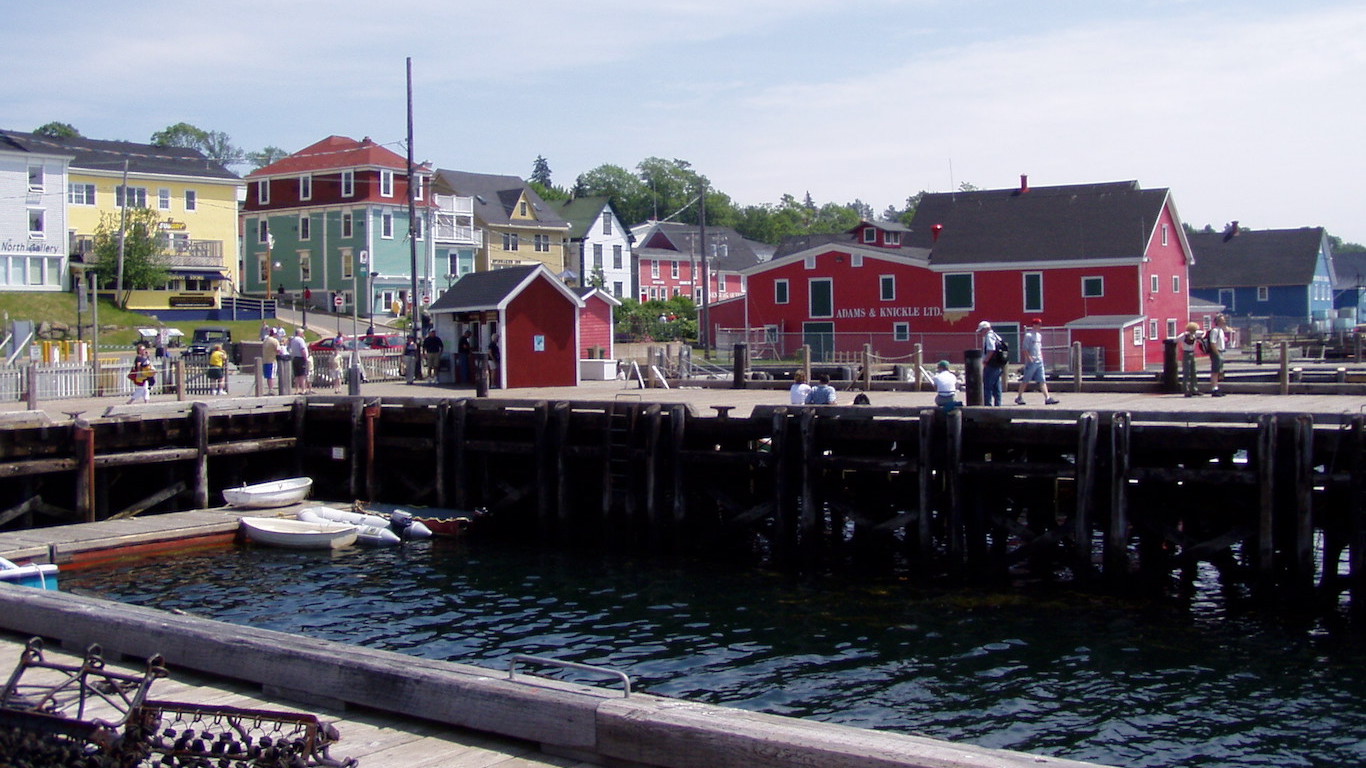
Old Town Lunenburg, Canada
Old Town Lunenburg is a historic city on the Southern coast of Nova Scotia. It is considered by the UN to be the “best surviving example of a planned British colonial settlement in North America.” Its coastal location landed Old Town Lunenburg on a list of 31 UNESCO world heritage sites at risk of being damaged or destroyed by climate change. This city is particularly vulnerable to rising waters in the Atlantic Ocean.
[in-text-ad]

Mesa Verde National Park
Rangers at Mesa Verde National Park in southwest Colorado believe that the temperature fluctuations brought about by climate change are chipping away at some of the nation’s oldest cultural artifacts. The park is home to cliff dwellings built by the indigenous Pueblo people at least 700 years ago. As climate change leads to hotter high temperatures and cooler lows, the freezing and thawing may be causing the dwellings to chip and break off piece by piece. These sites have also seen a recent wave of wildfires, which have damaged artifacts like pottery.
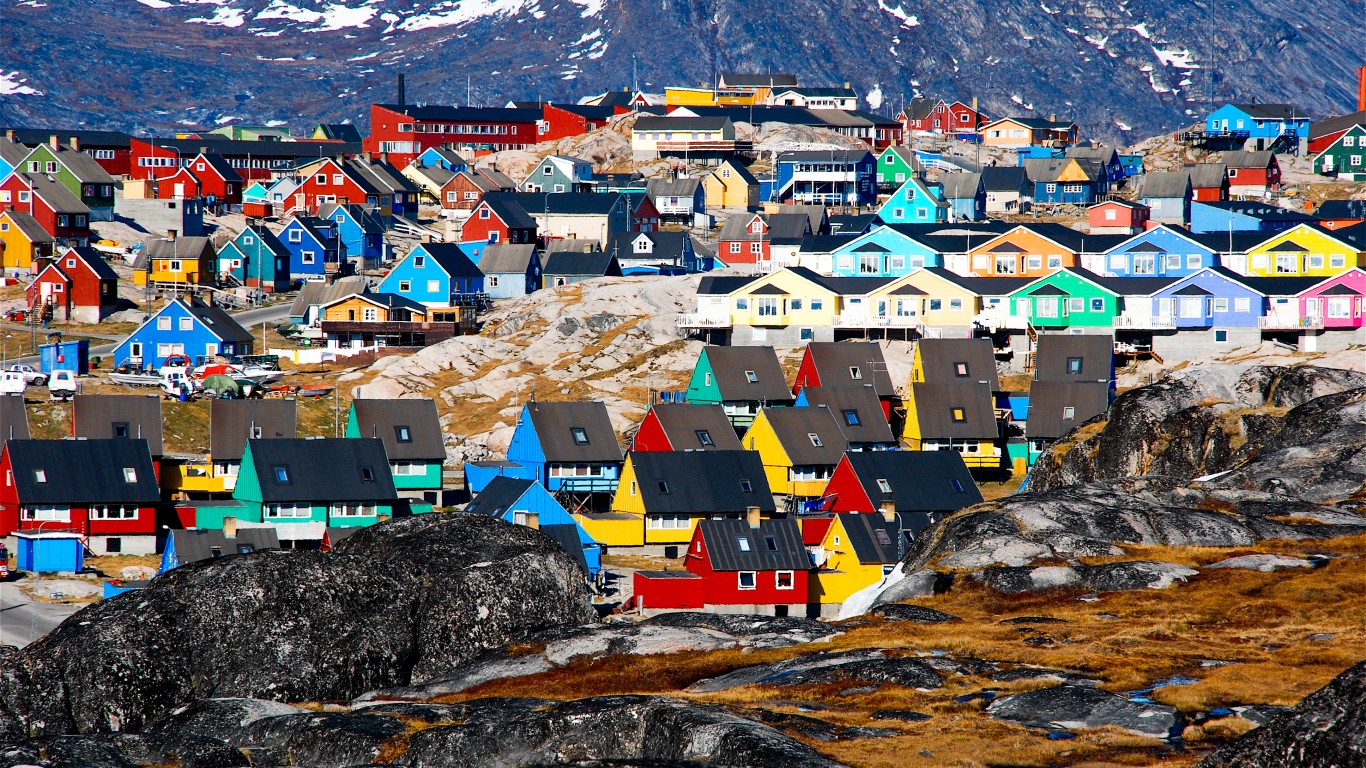
Greenland
Unlike many of the other entries on this list, Greenland’s reputation as a tourist destination may actually improve as a result of climate change. The country is mostly ice — 80% of Greenland is covered by a two-mile thick ice sheet, the second largest behind Antarctica’s ice sheet. Greenland has experienced spikes in temperatures and ice melt during the summer of 2019, which may make it a more pleasant place to live, but could also be a worldwide catastrophe if this trend continues. Greenland has enough ice to raise global sea levels 24 feet — even a fraction of that could alter the world forever.
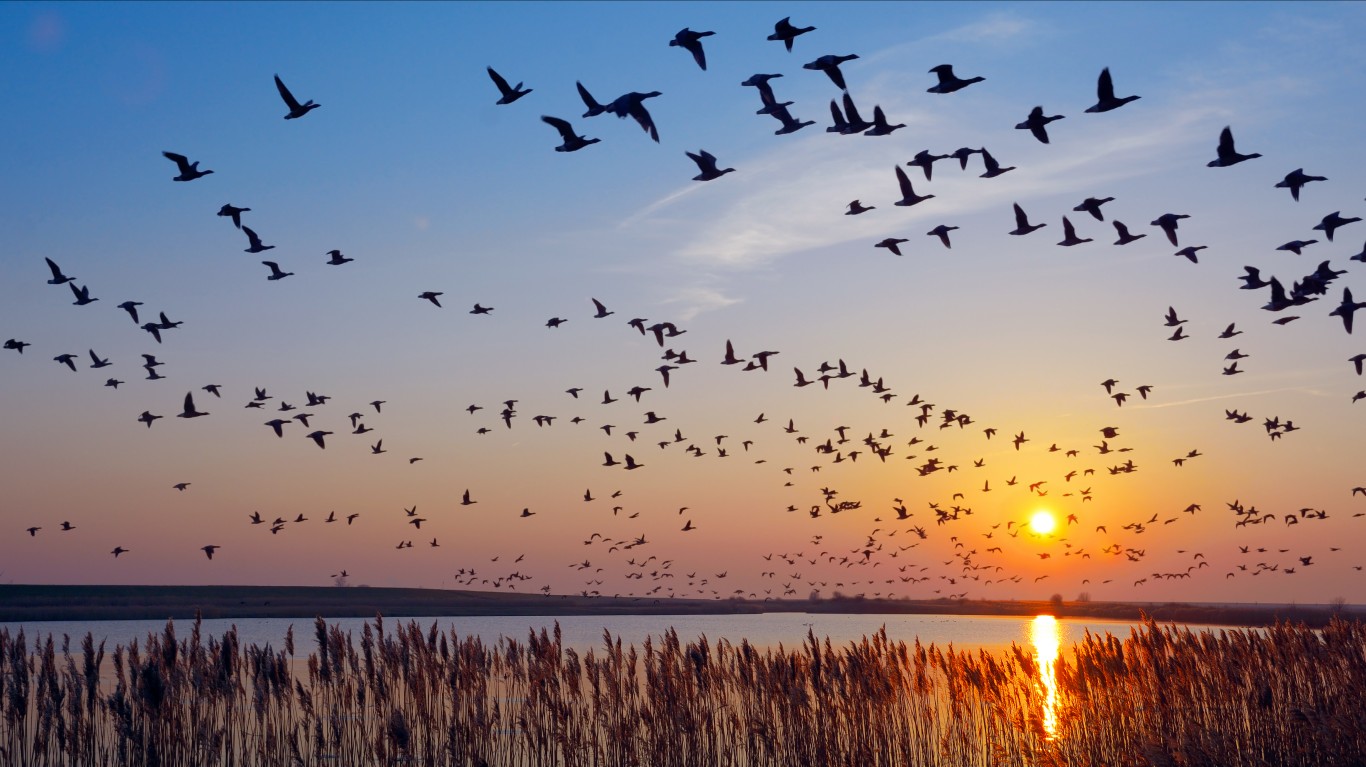
Wadden Sea
Climate change is a major threat to coastal areas, as melting ice will likely raise global sea levels and lead to flooding. But shifting temperatures are heavily influencing life under the sea as well. A UN report found that the Wadden Sea — the water just north of Germany and the Netherlands — could suffer a massive disruption in its ecosystem. Rising temperatures could make plankton more scarce, depriving the food chain there of one of its key links.
[in-text-ad-2]
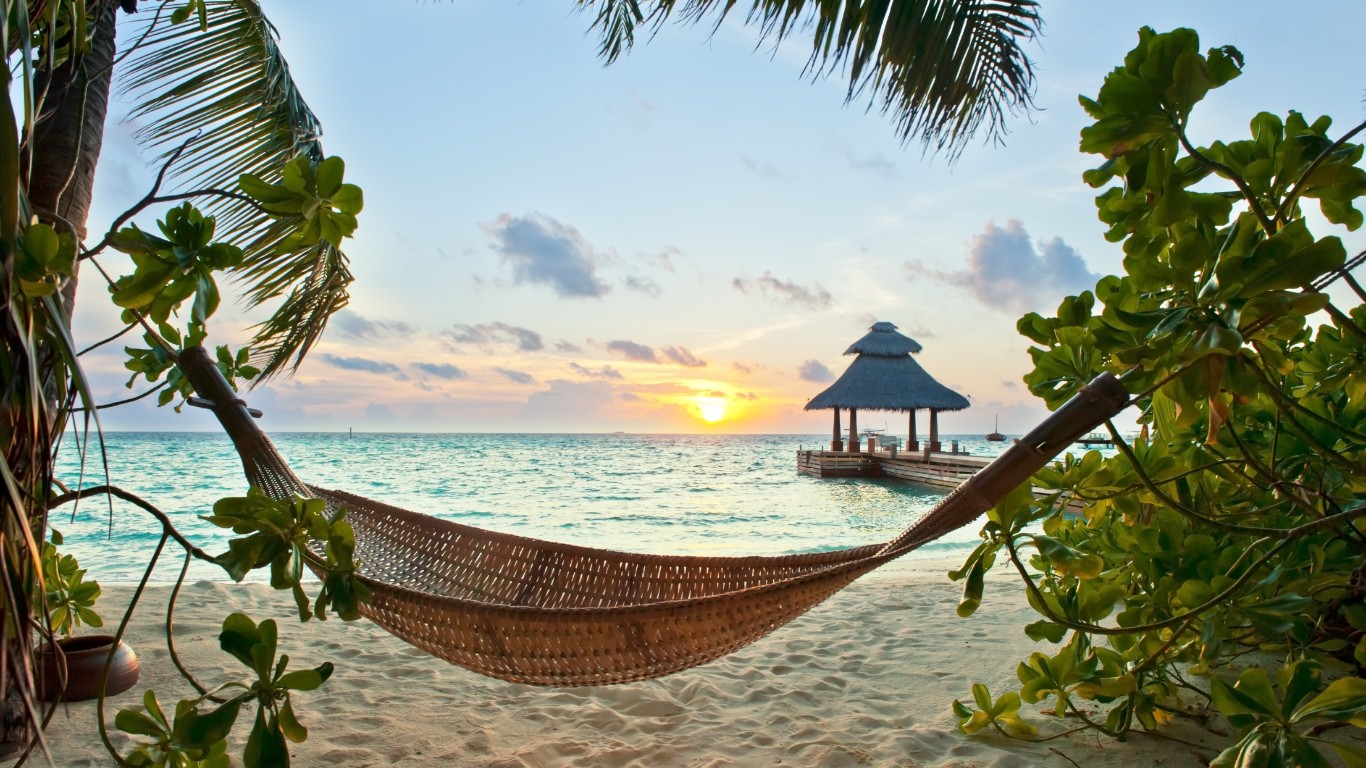
The Maldives
The Maldives is one of the nations that is most vulnerable to sea level rise. A UN report said that the vast majority of its land area is less than a meter (3 feet) above sea level. These islands off the southern coast of India are a popular destination, but climate change is already cutting into the tourism industry. Nearly half of all tourist resorts have experienced “severe beach erosion”.

Big Sur, California
Few places in the world experience as many of the different effects of climate change as California. In recent years, Big Sur and the central California coastline as a whole have experienced landslides, wildfires, and drought.
[in-text-ad]

White Cliffs of Dover, United Kingdom
An iconic English landmark, the White Cliffs of Dover have reportedly eroding ten times faster in the past 150 years than they did in the centuries before. The cliffs are especially easy to erode because they are made of chalk. Combine that with the increasing intensity of storms caused by climate change, and the White Cliffs of Dover are at serious risk of disappearing altogether.
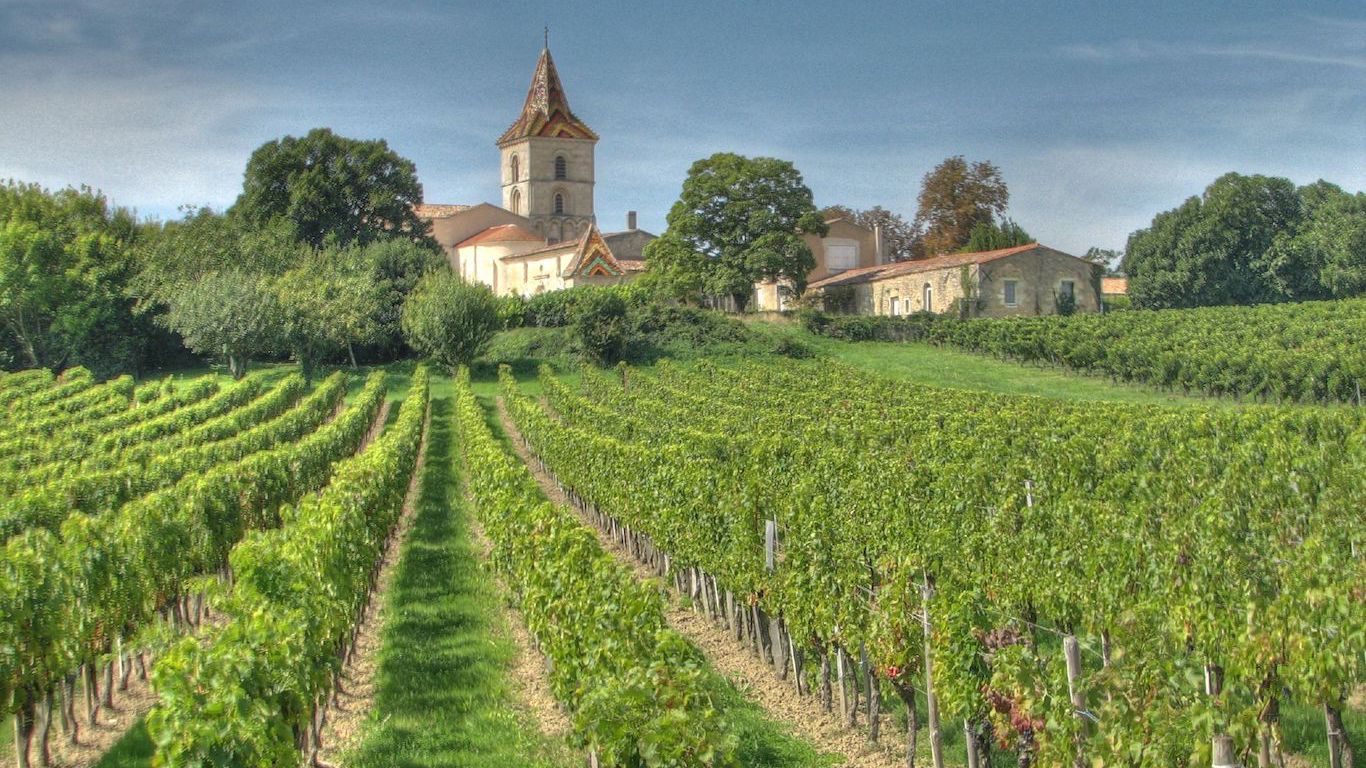
Bordeaux Vineyards, France
The French government is very strict about what types of grapes can be grown in which wine-making areas. But they have had to relax the rules in recent years, allowing some regions research and plant new grape varieties to keep up with the shifting growing seasons brought on by climate change. In Bordeaux, heat waves are forcing vineyards to adapt by changing what types of grapes will produce the best wine in the new climate.

Great Barrier Reef, Australia
One of Australia’s most precious natural resources — and biggest tourist draws — is the Great Barrier Reef. The roughly 1,400 miles of coral have experienced two major bleaching events in recent years, killing off more than a quarter of the total reefs that make up the reef system. Reefs can be damaged or killed by increasing temperatures or changes to the nutrients in their environment. The reefs are living beings that make up an ecosystem for many other undersea creatures, but these ecosystems are disappearing
Credit card companies are at war. The biggest issuers are handing out free rewards and benefits to win the best customers.
It’s possible to find cards paying unlimited 1.5%, 2%, and even more today. That’s free money for qualified borrowers, and the type of thing that would be crazy to pass up. Those rewards can add up to thousands of dollars every year in free money, and include other benefits as well.
We’ve assembled some of the best credit cards for users today. Don’t miss these offers because they won’t be this good forever.
Flywheel Publishing has partnered with CardRatings for our coverage of credit card products. Flywheel Publishing and CardRatings may receive a commission from card issuers.
Thank you for reading! Have some feedback for us?
Contact the 24/7 Wall St. editorial team.